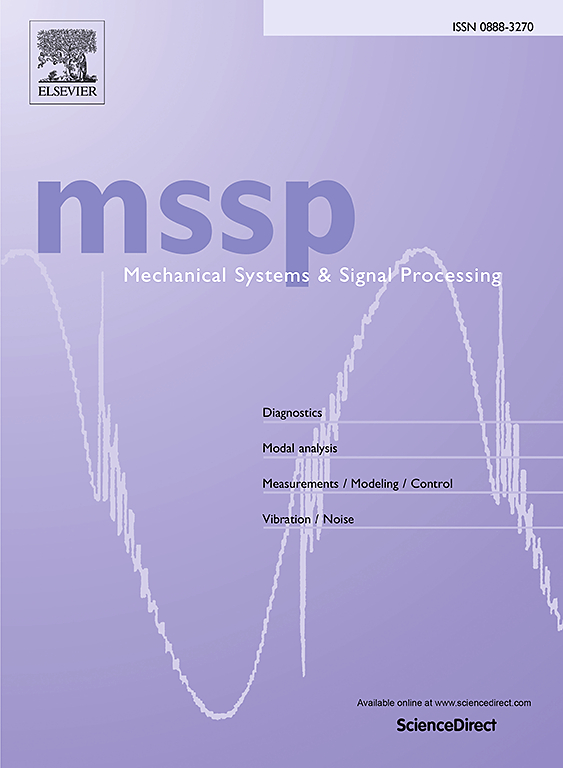Physics-preserved graph learning of differential equations for structural dynamics
IF 7.9
1区 工程技术
Q1 ENGINEERING, MECHANICAL
引用次数: 0
Abstract
Spatio-temporal differential equations are fundamental to understanding the world, describing the dynamic behavior of a structure/system under external stimuli. The equations are typically solved with numerical methods, such as the finite element method, which is computationally inefficient for complex structures, especially under multi-load case analysis requiring repeated calls to slow numerical solvers. Meanwhile, the emerging data-driven deep learning approaches heavily rely on extensive labeled datasets. Here we propose a physics-preserved neural network that seamlessly integrates physical knowledge towards accurate and rapid computation of dynamic characteristics for complex systems without relying on labeled data. A graph convolutional network is created for modal computation in space domain, where physical laws and constraints are inherently encoded within the network architecture (termed ‘hard-embedding’). A physics-informed neural network is then adopted for the dynamic response computation in time domain. This hard-embedding approach remarkably improves computational accuracy compared to the state-of-the-art soft-constraint methods based on loss functions. The proposed model also realizes end-to-end generalization computations under different loading and initial conditions, thereby improving computational speed by hundreds of times compared to the finite element method. This characteristic renders our approach a promising alternative for realizing real-time structural dynamic computations.
结构动力学微分方程的物理保存图学习
时空微分方程是理解世界的基础,描述了外部刺激下结构/系统的动态行为。这些方程通常用数值方法求解,如有限元法,这对于复杂结构来说计算效率很低,特别是在需要反复调用缓慢的数值求解器进行多载荷情况分析时。同时,新兴的数据驱动的深度学习方法严重依赖于广泛的标记数据集。在这里,我们提出了一个物理保存的神经网络,无缝集成物理知识,实现复杂系统动态特性的准确和快速计算,而不依赖于标记数据。为空间域的模态计算创建了一个图形卷积网络,其中物理定律和约束在网络架构中固有地编码(称为“硬嵌入”)。然后在时域内采用物理信息神经网络进行动态响应计算。与基于损失函数的软约束方法相比,这种硬嵌入方法显著提高了计算精度。该模型还实现了不同载荷和初始条件下的端到端泛化计算,计算速度比有限元法提高了数百倍。这一特点使我们的方法成为实现实时结构动力计算的一个有希望的选择。
本文章由计算机程序翻译,如有差异,请以英文原文为准。
求助全文
约1分钟内获得全文
求助全文
来源期刊

Mechanical Systems and Signal Processing
工程技术-工程:机械
CiteScore
14.80
自引率
13.10%
发文量
1183
审稿时长
5.4 months
期刊介绍:
Journal Name: Mechanical Systems and Signal Processing (MSSP)
Interdisciplinary Focus:
Mechanical, Aerospace, and Civil Engineering
Purpose:Reporting scientific advancements of the highest quality
Arising from new techniques in sensing, instrumentation, signal processing, modelling, and control of dynamic systems
 求助内容:
求助内容: 应助结果提醒方式:
应助结果提醒方式:


